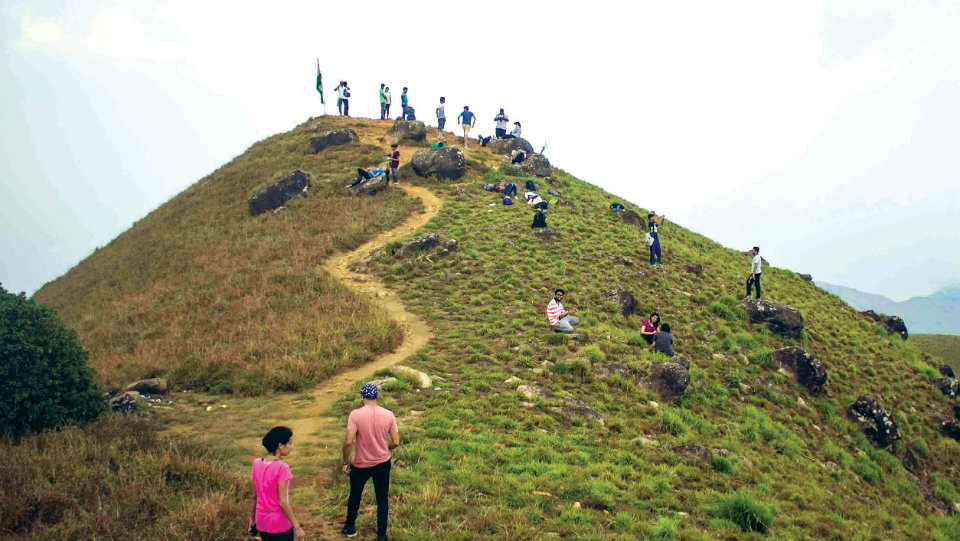Mysuru: The Forest Department that had banned trekking in the forests of Karnataka in the wake of fire tragedy at Kurangani Hills in Theni District of Tamil Nadu in which nearly ten students were killed, has now modified its order and said that trekking will be permitted in certain areas of the forest.
The order was modified after the Department realised that the move would have a negative impact on eco-tourism activities which are being pursued by the State Tourism Department. The Tourism Department had declared 2017 as ‘Year of the Wild’ and had aggressively marketed eco-tourism for tourists to take a look at the widespread presence of wildlife and dense jungles.
The Eco-Development Board had already identified trekking routes in various forest areas. In a circular issued by C. Jayaram, Principal Chief Conservator of Forests (Wildlife), trekking had been banned in wildlife protected areas. The sudden ban would have toppled the plans of the Tourism Department that had planned a revenue-generation model in summer holidays where tourists would love to spend their holidays amidst jungles and wild animals.
Hence, a day after Jayaram ordered the ban, Punati Sridhar, Principal Chief Conservator of Forests (Head of Forest Force) issued a circular (available with Star of Mysore) allowing trekking in forest areas other than protected forests. The routes will be identified by the respective Deputy Conservator of Forests (DCFs), according to the carrying capacity.
The trekking ban however, will continue in protected areas. Action will be taken against trekking promoters if the Department finds trekkers trekking in protected and reserved areas.
Officials said that trekking in areas other than protected forests will continue under the watchful eyes of the Department officials. The Eco-Development Board has already identified trekking routes in various forest areas. The PCCF (Wildlife) has only banned trekking in protected areas that come under the wildlife division. Hence, it has been decided to allow trekking activities on identified routes located outside the purview of protected forests, they said.
The order also states that special attention must be given to the routes where trekking is allowed and where there is chance of the area catching fire. Fire lines must be drawn on both sides and wild grass which has grown to great height must be cut and bundled. However, they should not be set on fire. Every forest official and staff must strictly follow the rules enforced, states the order.
In spite of the strict vigil, there has been a steady increase in trekking activities in the forest areas. This has made the Department to set up a new intelligence unit or strengthening the existing unit and thus try to stop illegal activities. Besides, the personnel of anti-poaching camp have been asked to separately conduct intense patrolling and identify illegal trekking activities.








Recent Comments